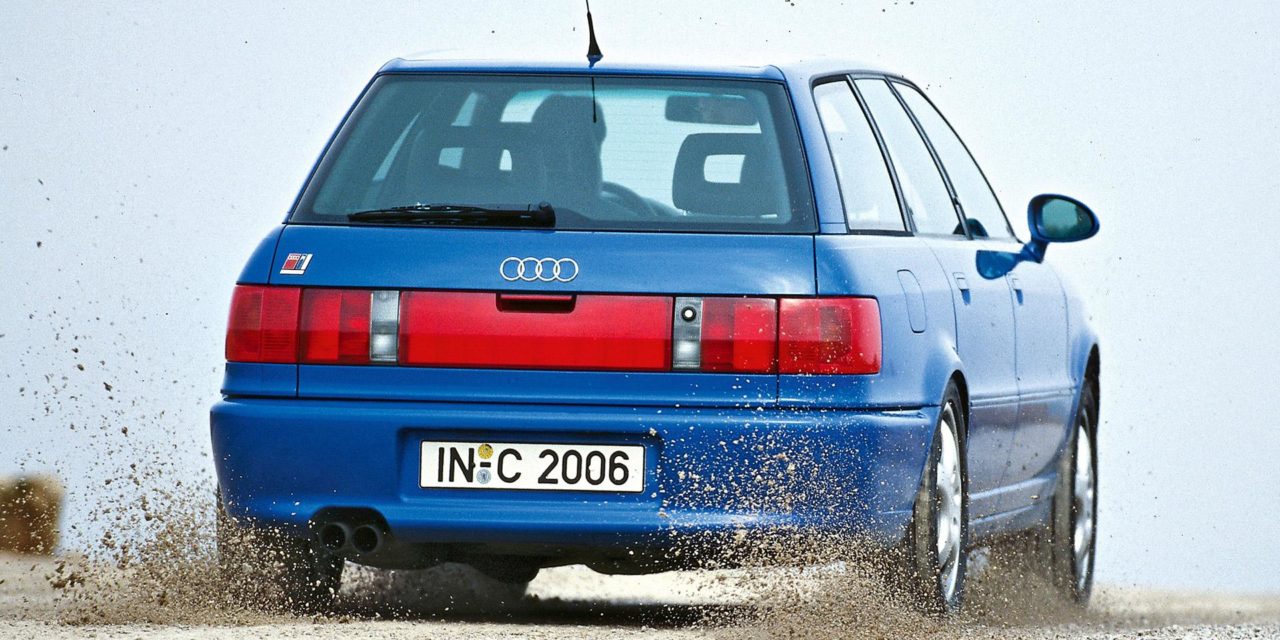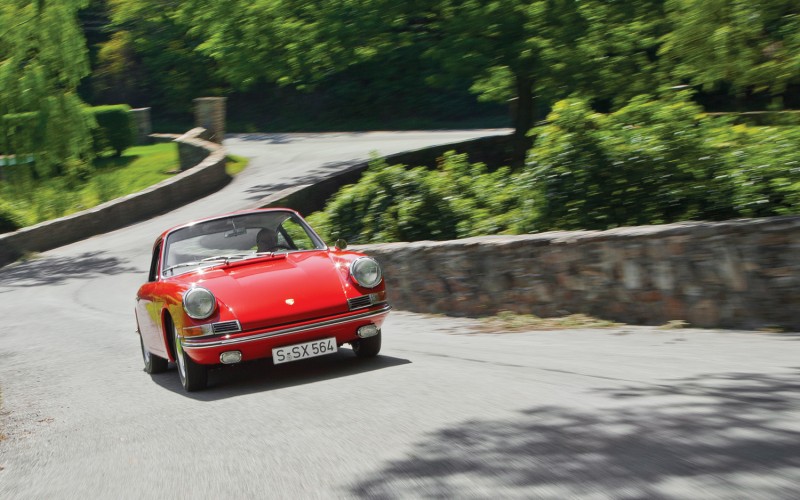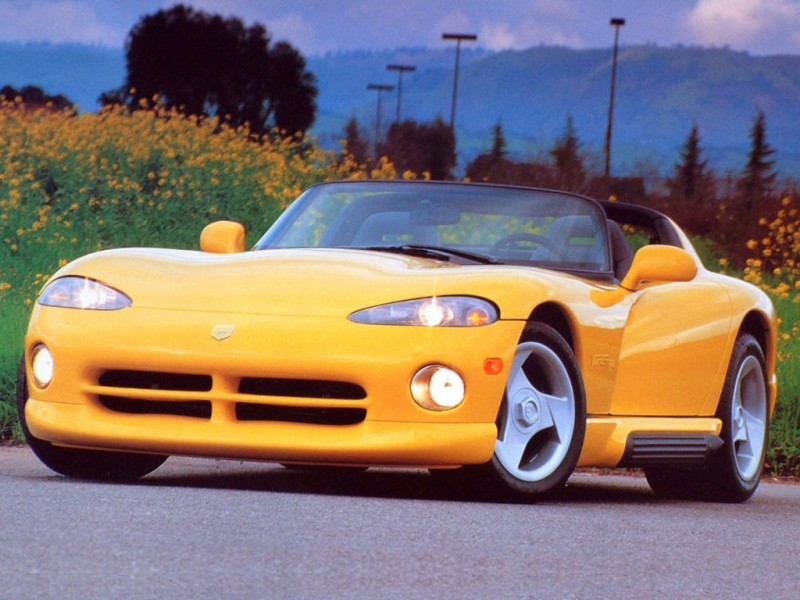Contemporary Audi models bearing the imposing RS moniker have become a staple of pure-bred German performance machines with which are not to be trifled. However, their brand foundation, and its first road car, arose from radical thinking amidst a vehicular identity crisis.
Manufacturers take immense pride in their corporation’s image, history, and pedigree. They tirelessly cultivate and critique products, innovations, and marketing directions to reflect the carefully chosen personifications of their company. Entire decades with millions of dollars of funding are spent imbuing this personality into their products and image so as to better attract specific demographics into showrooms. Given the time and effort put into such endeavors, expanding (and even more challenging – reinventing) beyond these established cultural perceptions are delicate and difficult procedures. During the early nineties, Audi recognized and accepted these challenges to revitalization in an effort to keep up with changing times.
By 1990, BMW’s M division had successfully demonstrated the public’s desire for peak-performance, range-topping editions of their standard offerings. Meanwhile, Mercedes, who had long been working alongside AMG, recognized this too. By 1990, they began selling AMG-authorized parts and options out of their showrooms. Considering these advances, it became evident to Audi executives in the late eighties that they were rapidly losing social standing to their rival’s newest performance teams.
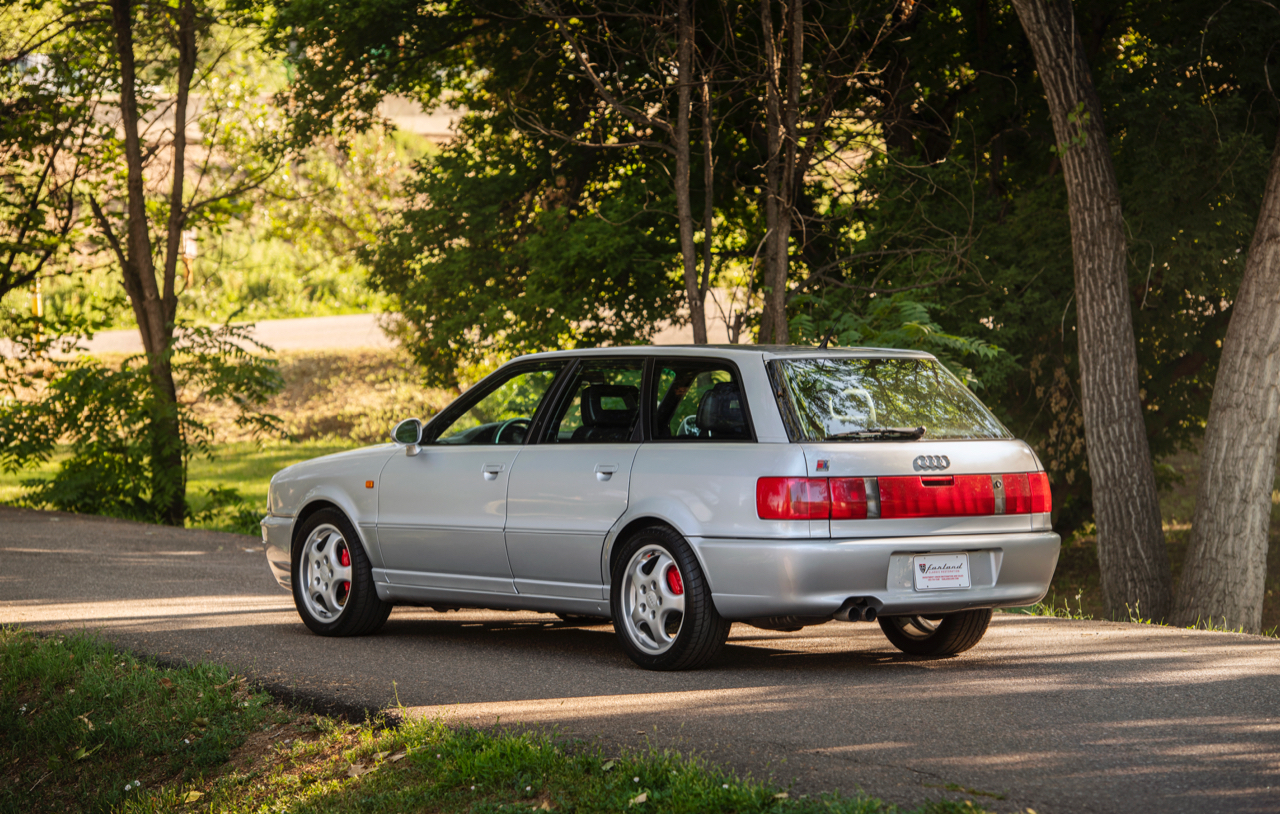
Let’s Make a Deal
Nevertheless, Audi did have their renowned Quattro race-engineering team with international laurels. Unfortunately, they did not possess a strong enough reputation for the creation of road car enhancements, which Audi desperately required. Plus, Audi’s desired shift upmarket against BMW and Mercedes’s latest performance arms was further diluted by the public’s lingering associations of their standard model range to the elderly. See, although new variants with more potent powerplants had recently become available within the 80 range, the popular opinion of their tired efficacy was already entrenched. Coupled together, these two issues with prominence and products effectively left Audi out in the cold. So they brought in a ringer.
Porsche is a company whose reputation for racing needs no provision; having amassed an impressive reputation for victories by the early nineties. Aside from their talent on the track, Porsche is also internationally illustrious for its services as an engineering consultancy. Audi, having seen the success of Mercede’s partnership with Porsche on its 500E sedan, rationalized that the solution to their two issues could be resolved via their own cooperation.
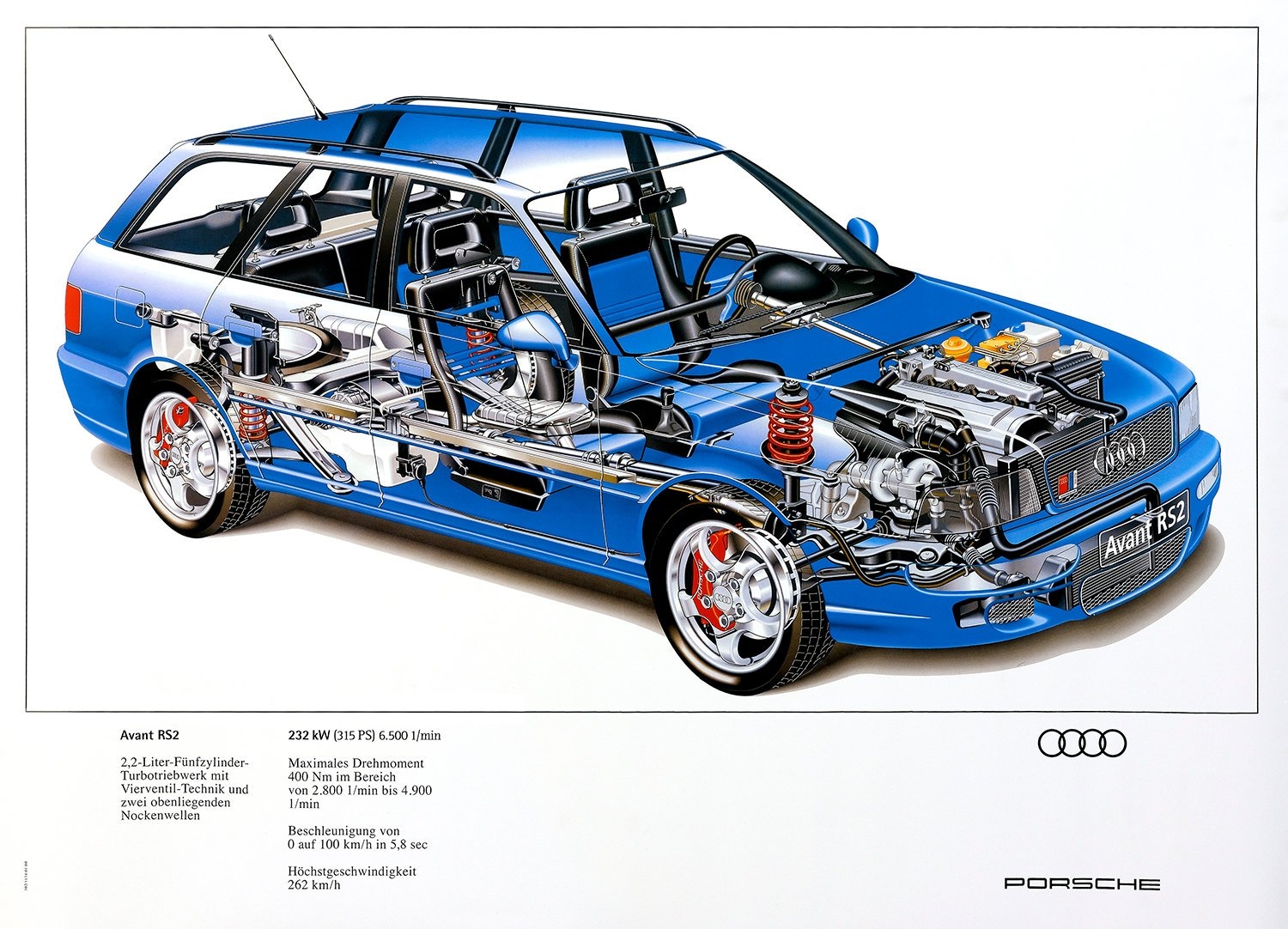
Within a few weeks, Ingolstadt and Stuttgart were contracted together to jointly produce the yet-to-be-named RS2. For cash-strapped Porsche, who was on the verge of launching their newest iteration of 911 (the 993), the accord was a profound financial boon. For Audi, the agreement effectively put to rest their image concerns: Porsche would prepare Audi’s 80 Avant with all sorts of sporty enhancements then tag Porsche branding next to Audi rings. By doing so, the pedestrian nature of the 80 model lineup, along with the necessity for street performance credibility, would all but evaporate.
Stuttgart Surgery
Arriving at Porsche’s Rossle-Bau plant (noted for its production of the famous 959 supercars) Avant B4 platforms underwent considerable cosmetic and mechanical surgery for their transformation into RS2s. To begin with, Audi’s venerable 2.2-liter turbocharged inline-five DOHC motor was fully reworked with a larger KKK turbocharger married to a race-grade intercooler for increased boost pressure and cooling. Then high-flow fuel injectors, redesigned camshafts, and a Bosch RS-specific ECU augmented a better breathing induction and low-pressure exhaust piping for even greater power. All combined, output increased by 80 horsepower over the S2 Coupe model; totaling out at 315 accessible at 6500 rpm with 302 lb/ft of torque coming online at 3000 rpm – all directed through a six-speed manual transmission.
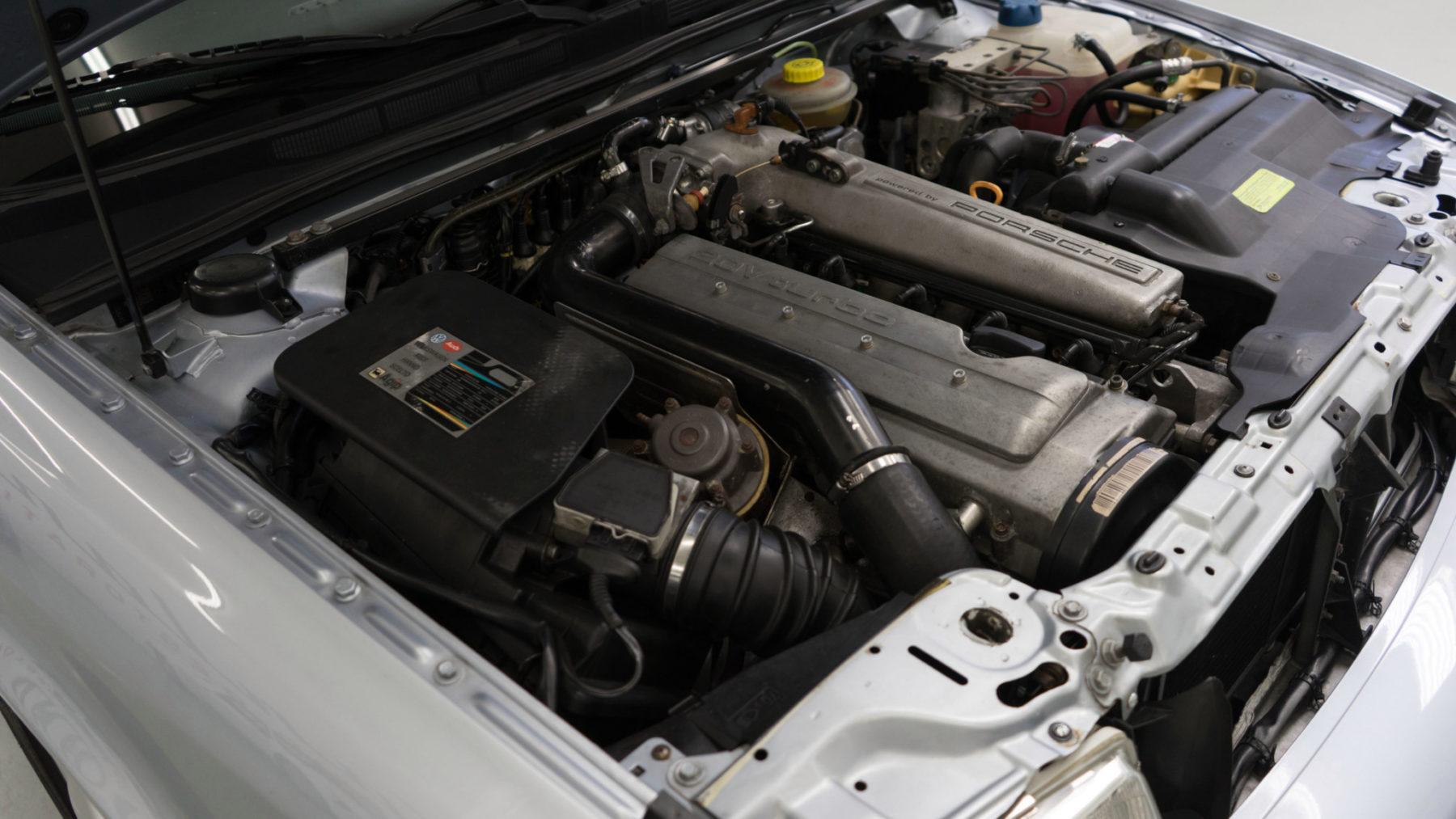
A key component of the RS2’s design was Audi’s condition that all of this newfound power be distributed through its Quattro All-Wheel-Drive (AWD) system. This arrangement not only further differentiated the RS2 from the rear-wheel-drive-only BMW M5 and Mercedes 500E but also provided Audi with an opportunity to showcase its own racing technology inside a truly high-performance street car. Front and rear final drive units contained conventional ‘open’ Torsen-differentials, while the rear unit could be electro-mechanically locked at low speeds from a button inside the cabin. This AWD decision proved immensely valuable as a selling point to customers who craved a top-end performance car but did not want to sacrifice year-round driveability. To this day, every RS model still invokes this spirit of usability by the usage of Quattro technology.
A smart ingredient of German sports saloons throughout the nineties was a subdued exterior that belied otherworldly improvements. They deceptively cast themselves as wolves in sheep’s clothing. The RS2 was no different. See, outside of the hidden driveline upgrades, business was as usual, except keen observers.
Starting with 7Jx17” lightweight alloy Cup I wheels wrapped up in 245/40 ZR17 tires, taken directly from Porsche’s 968 Clubsport and 911 Turbo models. Set in behind the wheels were large Brembo brake calipers on both the front and rear rotors, which were now cross-drilled and vented. As aforementioned, Porsche branding was a crucial aspect of this venture. So each massive four-piston front and rear calipers boldly bore bright white Porsche script to contrast their red paintwork. Much like the wheels, these stoppers were pulled straight out of the 968 Clubsport parts bin.
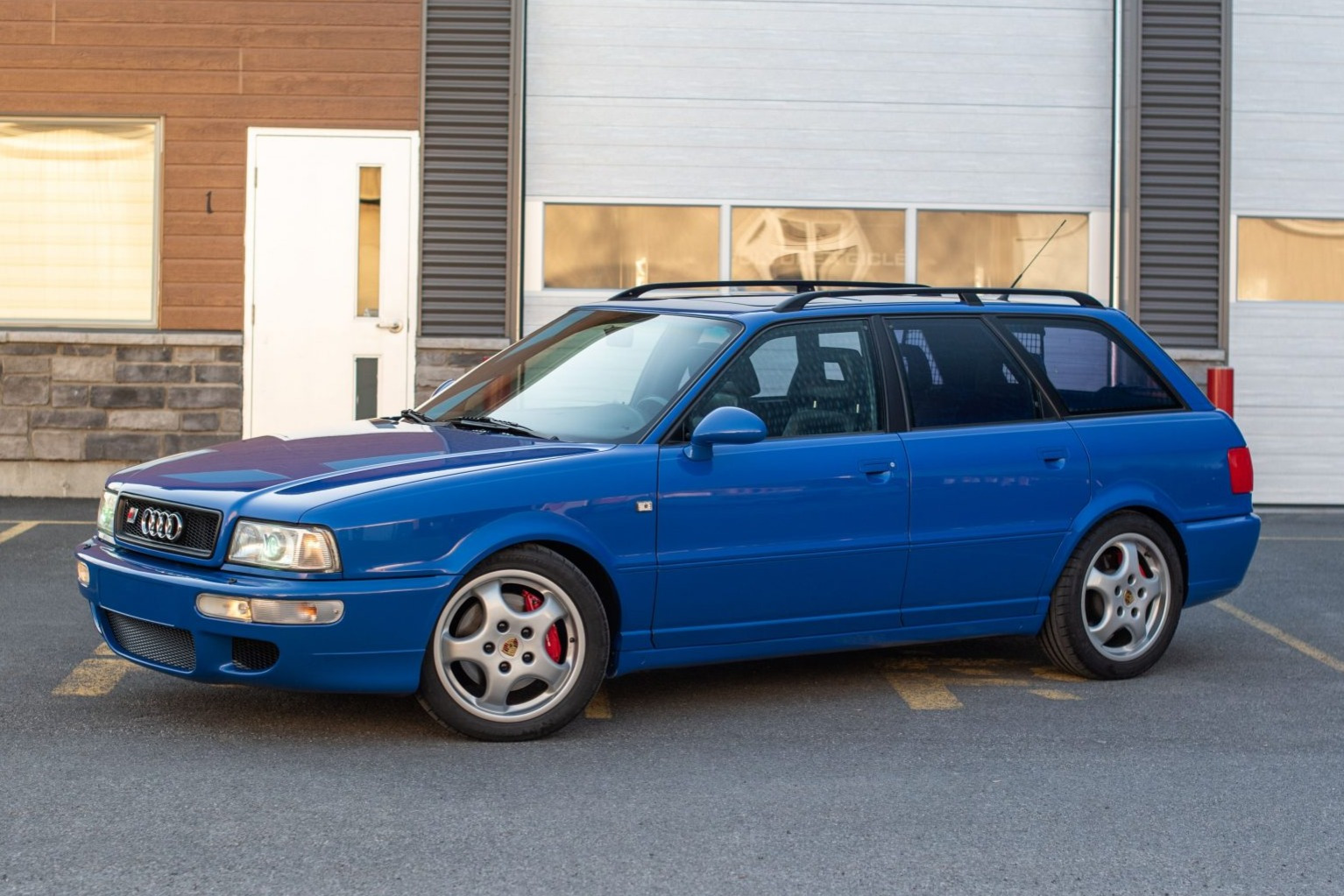
More to the aesthetics of the RS2 that further separates it apart from the other hoi polloi stablemates are the 1.6in (40 millimeters) lower stance. Not only did this greatly improve the built-for-speed styling but, when paired with a bulkier-than standard rear sway bar, it vastly bolstered the handling. This suspension arrangement (McPherson front and double-wishbone rear with gas shocks) aided by the Quattro driveline bequeathed drivers with an unflappable platform that could confidently cruise at Autobahn speeds or effortlessly crush any series of alpine switchbacks.
Aesthetic Invigoration
Further speaking about its built-for-speed styling is the more pronounced front and rear bumpers. Specifically, the front bumper extends further forward and downward. A mandatory configuration for housing a larger central grille feeding an intercooler flanked by a pair of ducts depositing fresh air to the brake assemblies. Above, Audi-bespoke fog light strips taken from the 911 range finish the front fascia. Meanwhile, at the rear, the bumper and tailgate are redrawn with an expansive heckblende (red reflective strip) with an integrated tailgate handle. To accommodate this, the license plate area was relocated down into an aerodynamically-molded skirt incorporating twin exhaust tips.
Furthermore, the boxy styling of the Avant wagon is offset by rakish Porsche 911 aero-design mirrors. Elsewhere, any typically black molded plastic has been coded to the body color, producing a far more cohesive and upscale appearance. Overall, the color palette catered clients to RS2s in several traditional shades available throughout the Audi 80 lineup. However, the most sought-after hue is the exclusive RS Blue (later known as Nogaro Blue). Another particular touch was the availability of Porsche’s special paint option – Polar Silver Metallic.
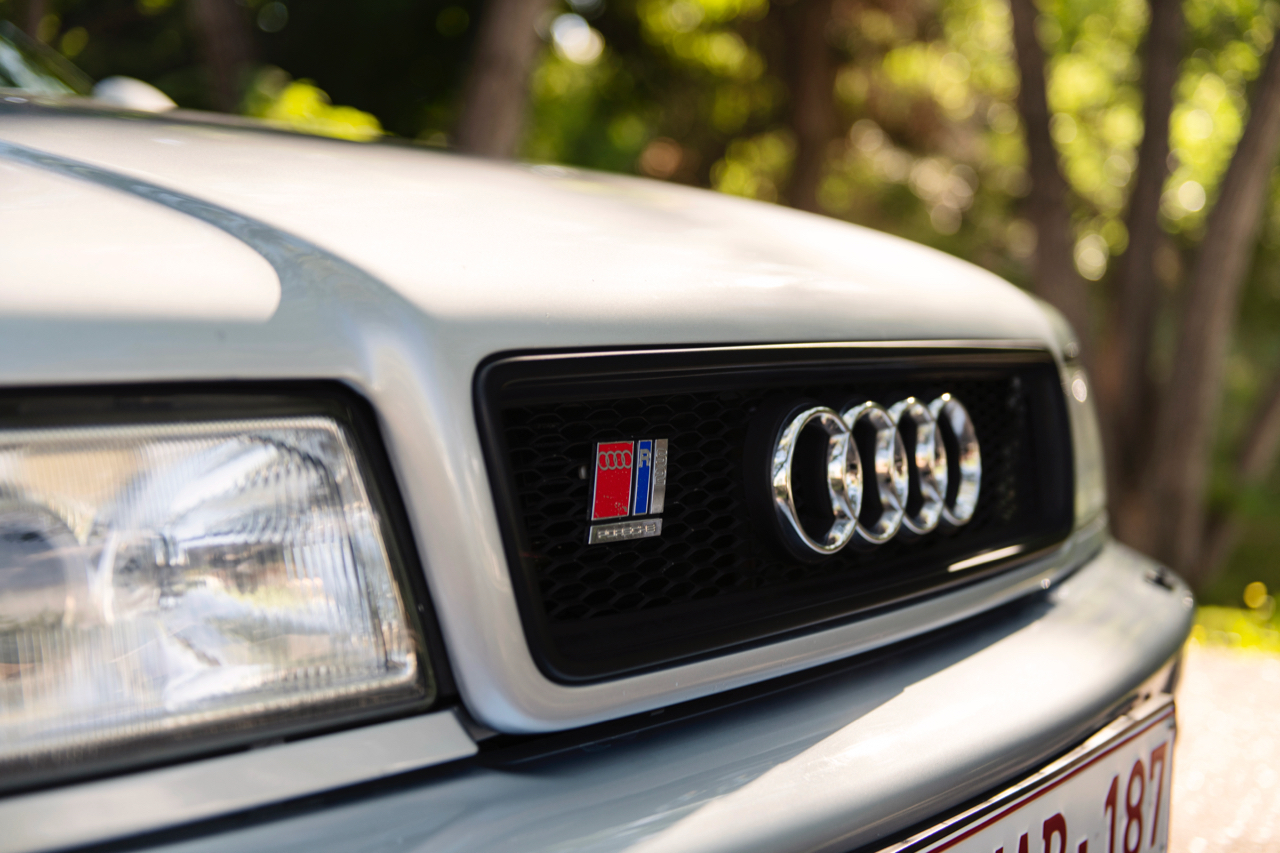
Considering this multitude of Porsche-derived parts, labeled branding of the RS with Porsche script continued beyond the brake calipers. Noticeably, the intake manifold under the hood is engraved with the words “Powered by Porsche”. Additionally, the VIN plate reads with the text “Audi/Porsche.” Yet their most unmistakable and unique attachment to the RS2 is the front grille and tailgate badging. These badges feature three horizontally striped bands that individually include Audi rings, an R, and S2 all underlined by a chrome Porsche script bar.
Completely detaching the RS2 from other Audi models is the interior cabin aesthetics. Foremost obvious are the deeply bolstered Recaro sport seats. Standard equipment stipulated that these were covered in rich black leather, but many purchased the seats to be fitted with RS Blue or grey Alcantara inserts. This Alcantara extended up onto the door panels and even the inside steering wheel spokes. The leather-wrapped steering wheel was a sporty three-spoke design with an RS2 badge centrally located along the bottom spoke.
Providing car information were white-backed instrument dials, including a 186 mph (300 km/h) speedometer adjacent to a 7,000 rpm tachometer. Supplementing this were three auxiliary gauges (oil temperature, oil pressure, and voltage) in front of the leather-wrapped gear shifter and the emergency brake handle. Dashboard and door panel trimmings could be had in either burled wood or carbon fiber.
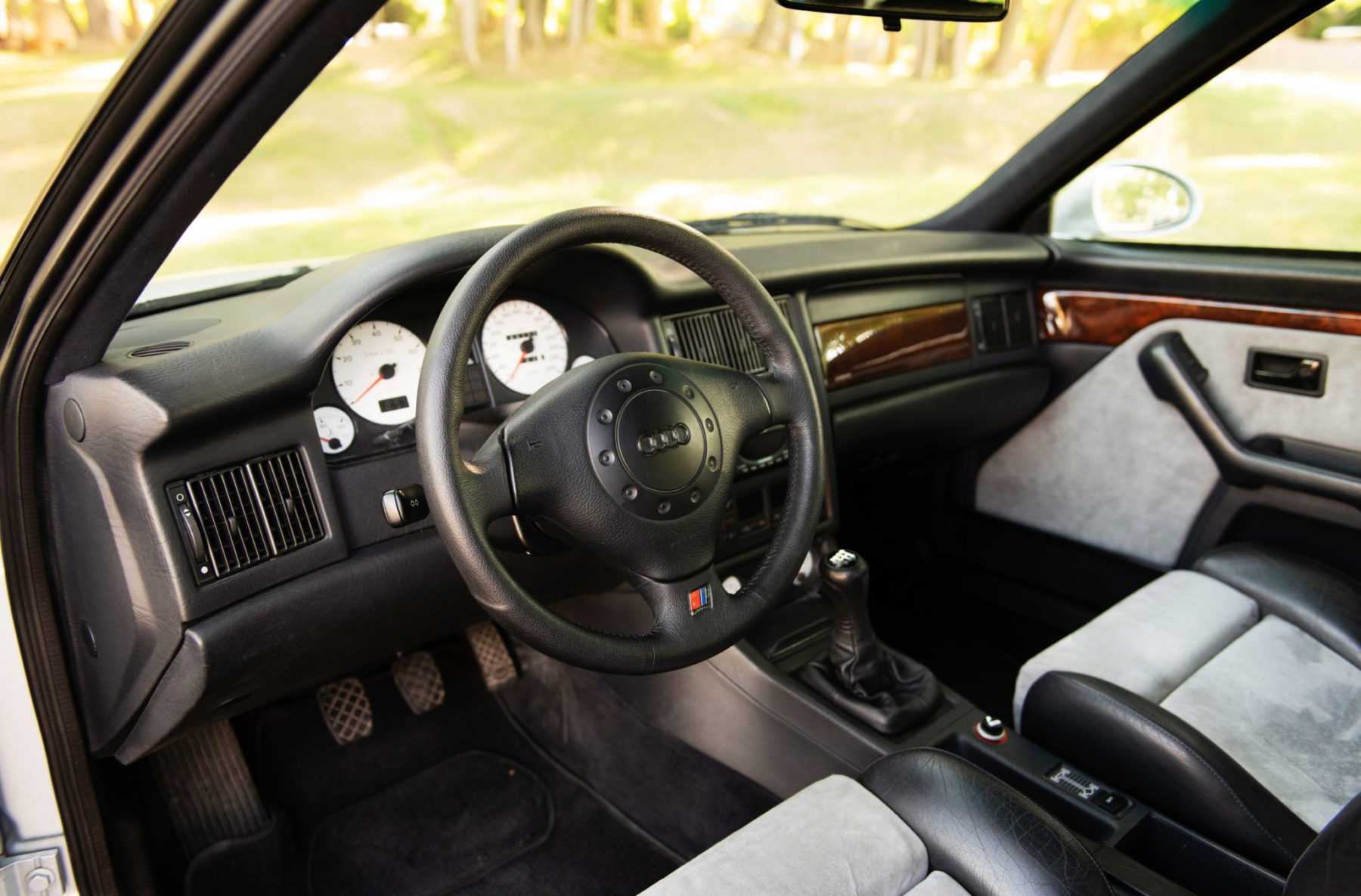
A Brand is Born
By the conclusion of Porsche-led production in 1995, close to 2900 RS2 had traveled to Audi showrooms. Nevertheless, the price of excellence came dear to new buyers who spent the contemporary equivalent of $120,000 to take one home. Regardless, the sensation of the RS2 was genuinely mind-boggling – unlike anything else available at the time. In only 18 months of production, Audi had reinvigorated their business by conceiving a supercar-beating station wagon – no lie. It was recorded at the time that in the sprint to 30 mph (48 km/h), the RS2 would defeat the vaunted McLaren F1. In fact, the RS2 was so sprightly that it would handily outperform both Ferrari’s 456 and Lamborghini’s Countach to sixty miles an hour (100 km/h)! Introduce inclement weather and the Audi wagon only lengthens its lead.
Time certainly has shown that the RS adventure was astute. In today’s market, Audi’s RS lineup may produce a smaller volume of cars than rivals M and AMG but they come at no less of a meritorious performance base. Also, considering BMW and Mercede’s introduction of AWD models into their lineups, it would seem that Audi has now become the trendsetter.
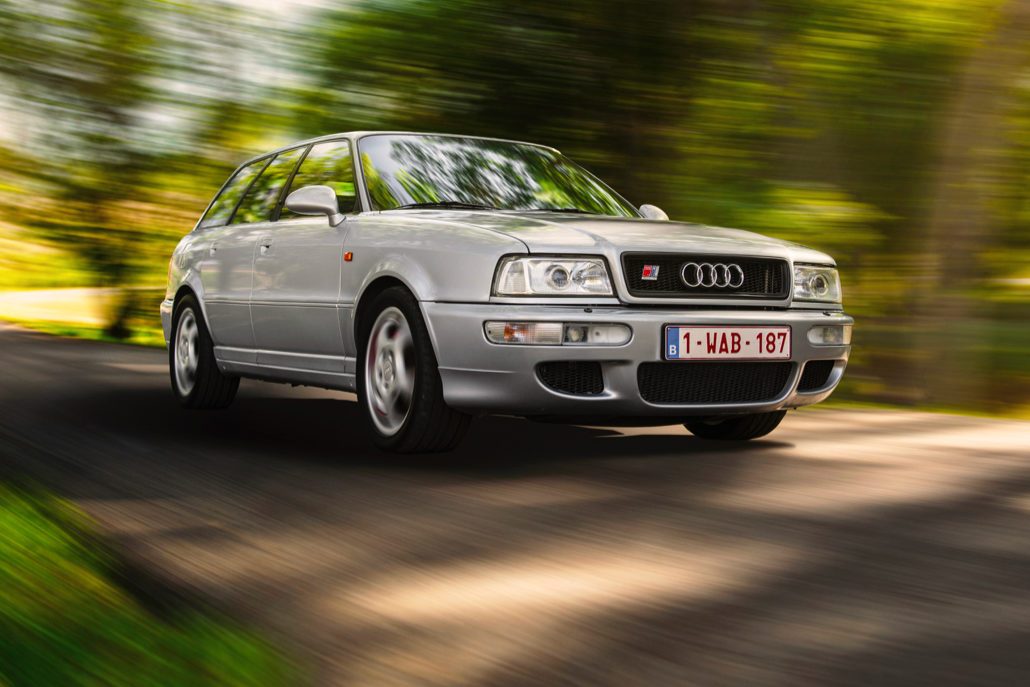
In fact, the RS nameplate effectively serves as both an aspirational tool for entry-level clients and a demonstration platform for promoting Audi’s most innovative technology and performance advances. RS completely altered Audi’s image while dramatically expanding its perceived potential as a manufacturer. Pointedly speaking, the RS2 is a marvel to behold. Together, two legendary German manufacturers contributed ideas and designs which fostered the birth of an automotive icon that today transcends just simply the RS2.
Specifications:
- Years – March 1994 – July 1995
- Layout – Front-Engined
- Drive – All-Wheel Drive
- Body Style – Wagon (Avant / Estate)
- Seating – Five
- Motor – Turbocharged Inline 5
- Displacement – 2.2 Liters
- Power (hp) – 315 @ 6500rpm
- Torque – 302 lb-ft (410 nm) @ 3000rpm
- Transmission – 6-speed Manual
- Wheelbase – 102.8in (2611 mm)
- Weight – 3517 lbs (1600kg)
- 0-60 mph (100 km/h) – 4.8 seconds
- Top Speed – 163mph (262 km/h) *electronically restricted

